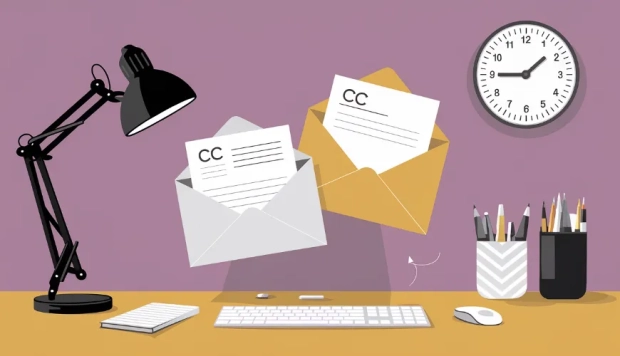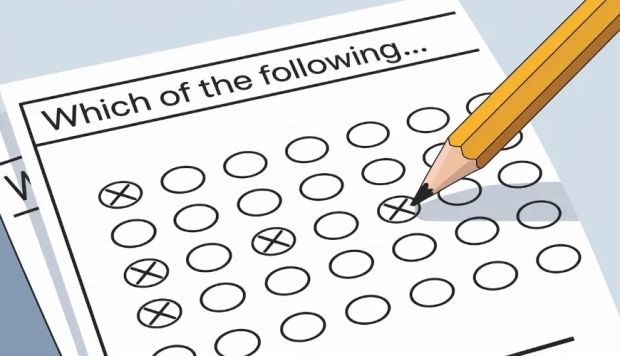Invalid Syntax

What is Invalid Syntax?
Encountering an "invalid syntax" error can be both confusing and frustrating for users and administrators alike. This error, often cryptic in nature, usually signifies a breakdown in the communication between an email client (the software you use to send and receive emails) and an email server (the technology that handles the transmission of emails across the internet). To demystify this topic, it's essential to delve into the root causes of syntax errors, their impact on email communication, and the steps you can take to resolve them.
The Nature of Syntax Errors
At its core, a syntax error in email communication indicates that something in the email message, or the way it's being sent, does not comply with the standard protocols established for email transmission. These protocols, such as SMTP (Simple Mail Transfer Protocol), are sets of rules that govern how emails should be formatted and transmitted over the network. When an email message deviates from these rules, an email server may reject it, resulting in an "invalid syntax" error.
The causes of syntax errors can be diverse, ranging from incorrect email addresses (such as missing the "@" symbol or having spaces in the address) to more complex issues like improperly formatted headers or incorrect encoding of the message body. Even the simplest of mistakes, like a misplaced comma or an unsupported character, can trigger these errors, leading to failed email delivery.
Impact on Email Communication
The implications of syntax errors in email communication are far-reaching. For individual users, these errors can lead to confusion and delays in message delivery, potentially impacting personal and professional communications. In a business context, syntax errors can disrupt marketing campaigns, transactional emails, and other critical communications, ultimately affecting customer relationships and business operations.
For email administrators and IT professionals, syntax errors pose a significant challenge. They not only require time and resources to diagnose and resolve but also necessitate ongoing monitoring and management to prevent future occurrences. In environments where email communication is vital, these errors can become a substantial bottleneck, demanding swift and effective resolution strategies.
Diagnosing and Resolving Syntax Errors
Addressing syntax errors in email communication involves a multi-step approach, starting with the accurate diagnosis of the problem. This process typically includes reviewing error messages, analyzing email logs, and verifying the compliance of the email content and format with established protocols.
Once the root cause is identified, the resolution may involve simple fixes, such as correcting typos in email addresses or adjusting email client settings, to more complex solutions like modifying email server configurations or updating software to support current email standards. For businesses and organizations, implementing best practices for email composition and transmission, such as regular validation of email lists and adherence to email formatting guidelines, can significantly reduce the incidence of syntax errors.
Best Practices for Avoiding Syntax Errors
Preventing syntax errors in email communication is invariably more efficient than resolving them after the fact. Some best practices include:
- Regularly Validate Email Lists: Ensuring that email addresses are correctly formatted and valid can significantly reduce syntax errors related to recipient addresses.
- Adhere to Email Formatting Standards: Following the established standards for email headers, body, and attachments can prevent errors related to non-compliance with protocols.
- Use Email Validation Tools: Utilizing validation tools like SendBridge that check for common syntax errors before sending emails can catch mistakes that might otherwise lead to delivery issues.
- Educate Users and Staff: Providing training on the correct format for email addresses and the importance of adhering to email composition guidelines can help minimize user-generated syntax errors.
Need help with email validation?
Try our free email validator who does the complicated email verification for you.
If you have more emails to check, sign up for free and get the first 300 email validations for free.
"Invalid syntax" errors in email communication serve as a reminder of the complexities underlying the seemingly simple act of sending and receiving emails. By understanding the causes of these errors and implementing strategies to avoid them, users and administrators can ensure smoother, more reliable email communication. As technology continues to evolve, staying informed and adapting to new standards and practices will be key to minimizing disruptions and maximizing the efficiency of email as a critical communication tool.



